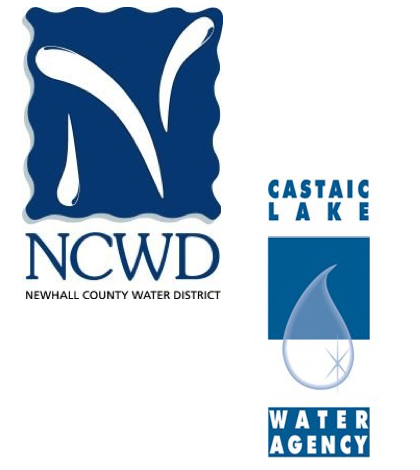Santa Clarita Valley’s oldest water retailer and its water wholesaler have voted to merge and create one new water agency to managed all aspects of water in the Santa Clarita Valley. In separate votes by the Newhall County Water District (NCWD) and Castaic Lake Water Agency (CLWA) all but one member of the two boards voted in favor of the new agency. NCWD board member Lynne Plambeck voted against the merger of the two agencies.
The merger follows a year of study and public input and engagement. Probolsky Research, an organization specializing in opinion research on public policy for government, corporate and political practice areas presented their findings to the combined agencies’ directors prior to their vote in favor of the merger. Having polled some 300 people Probolsky Research found 59 percent of those interviewed said the decision for whether or not to merge should be decided by the elected officials.
Earlier this year CLWA General Manager Matt Stone said, “We’ve been talking about some of the opportunities that would present themselves, from economies of scale that would improve efficiency and reduce ratepayer costs, to the benefits of unified water resources planning and management. Executed correctly, the combining of these two agencies could create significant public benefits, and we’re optimistic that it can be brought to fruition.”
With the two agencies having endorsed the merger they contend that, “…a single entity would build on and lead to greater success in water conservation, groundwater management (including conjunctive management of groundwater and surface water supplies), and future recycled water expansion across the Santa Clarita Valley.”
In voting for the merger the two agencies have agreed to drop all civil litigation between them and then draft legislation to create the new district. The legislation is required to create the new district; I t is anticipated that both NCWD and CLWA will submitted the agreement to the state in early 2017. Following the approval of both the state legislature and Governor Jerry Brown the new district will be in existence by January 2018.
The two agencies have stated that cost savings was an important goal in exploring a new district. The two districts studied the challenges and opportunities and determined significant savings, including:
- $14 million of savings in the first 10 years of the new district
- $1.3 million in annual savings from internal efficiencies (achieved through attrition)
- Significant of external services on legal and other services
Although dissenters voiced concern for moving forward with the new combined water agency – mostly due to a recall effort targeting two of NCWD’s board members – praise for the new entity was swift in coming.
“Businesses have always looked to the water agencies to help them grow,” said Lois Bauccio, CEO of the Santa Clarita Valley Chamber of Commerce, urging the combined boards to “eliminate a fractured system. This proposal has undergone a year of study. Our local businesses support this measure.”
Leaders from both agencies commented on the value of the merger for the local community. “Our statewide and regional water challenges are too big to work in silos,” said Tom Campbell, president of CLWA. “It’s time we work as a region to solve our local challenges together, as the Santa Clarita Valley. It is exciting to move forward with this historic concept.”
His praise for the merger was echoed by Dan Mortensen, director for NCWD, who said, “The new water district is built for financial strength, ratepayer advocacy and long-term sustainability. We’ve developed ideas and innovations that will modernize our water management in the Santa Clarita Valley and serve as a model of fiscal responsibility statewide.”
Jeannie Duarte, speaking for the Valley Industry Association Santa Clara and its 400 businesses said, “We are really impressed with the progress you’ve made. A settlement agreement will save ratepayers a significant amount of money.”
 California Water News Daily Your Source For Water News in California
California Water News Daily Your Source For Water News in California


